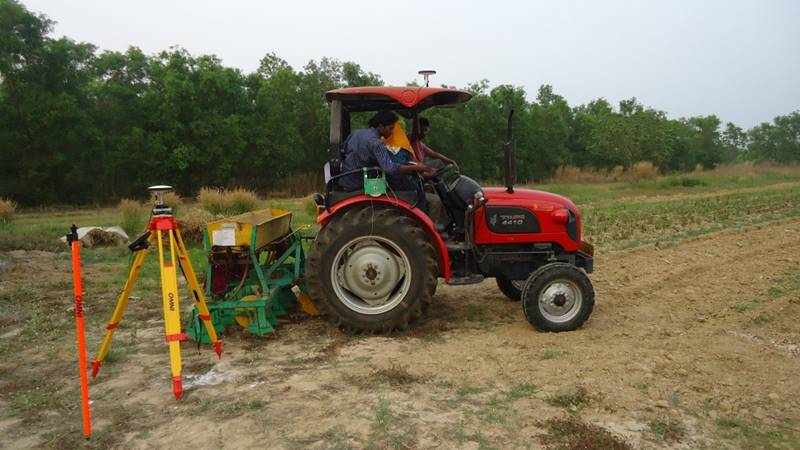IIT-Kharagpur devises technique to use apt fertilisers as per soil’s requirement
Soils from different areas have different ecosystems, and their need for fertilisers differs as per their constituent minerals and composition. Usually, farmers use the same fertiliser throughout their field, but to get better fertility, the technique devised by IIT-Kharagpur can be employed.


Ever since the Central government announced opening up of the geospatial sector to the private sector last month, new avenues have opened up for better research and development in areas like soil mapping. (Photo: IIT-K)
The Indian Institute of Technology-Kharagpur (IIT-Kharagpur) has developed a technique to know what sets of fertilisers should be used for a certain soil sample.
According to a press statement issued by IIT-Kharagpur, the technology is aimed towards efficient use of elements like Nitrogen, Phosphorus and Potash (NPK) for ‘automated soil nutrition management by bypassing both manual labour based operations or sensor-based fertilisation technologies’. However, the sensor-based technology is presently in the development stage.
Ever since the Central government announced opening up of the geospatial sector to the private sector last month, new avenues have opened up for better research and development in areas like soil mapping.

“Prof. V K Tewari, Director, IIT-Kharagpur along with his former research scholar Dr. Sneha Jha from the Dept. of Agricultural and Food Engineering explored an alternate method of creating a soil nutrition map that can be accessed in real-time through differential global positioning system for variable rate application of NPK,” the statement read.
“The system can detect the field grids in real-time with a length-wise accuracy of 16 cm towards the east and breadth-wise accuracy of 20 cm towards the north. It can manage the automated application from 5 to 400 Kg per hectare. Application of such desired amount of NPK precisely at a specific location will enhance crop production and avoid environmental degradation,” Tewari was quoted as saying.
“This technology would be able to reduce 30% of fertilizers used in manual methods thus ensuring substantial savings in resource applications,” he further added remarking on how this technology can bring down the cost of fertiliser application by improving the efficiency of the job and reducing manual labour.

